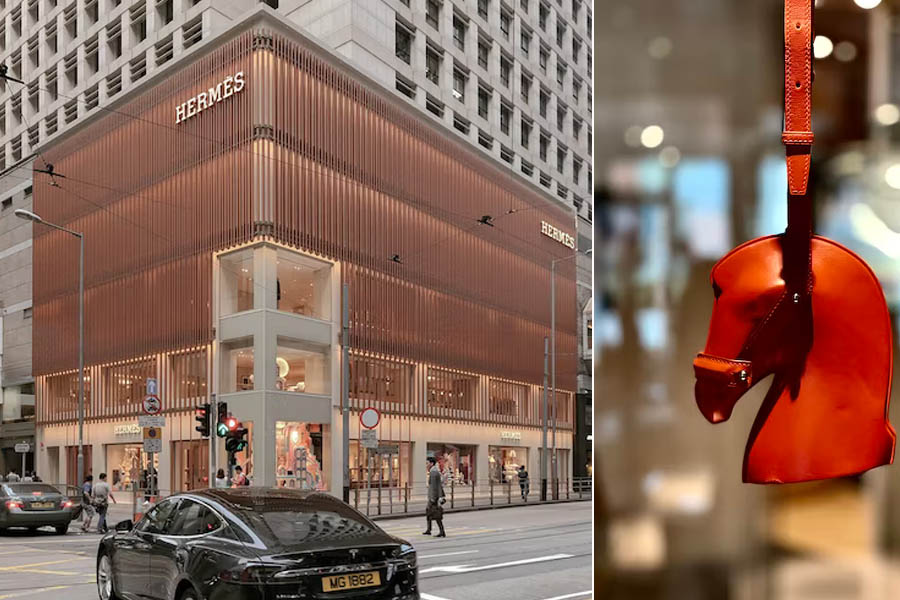
In the fickle world of luxury, where trends rise and fall like the tide, Hermès stands as an unyielding force, defying market norms and weathering economic storms with unmatched poise. As the French handbag maker's shares soar in 2023, outshining its rivals, we delve into the secrets behind Hermès' unwavering success, dissecting the brand's strategies that set it apart in an ever-evolving luxury landscape.
The Birkin's Magic Touch:
Hermès, renowned for its iconic Birkin handbag, has seen a remarkable 33% increase in its shares in 2023, making it the undisputed champion in the luxury sector. The allure of the Birkin, with its exclusivity and coveted status, has propelled Hermès to new heights, even as others falter in the wake of a shifting market.
Catering to the Superrich:
In times of economic uncertainty, Hermès finds strength in its clientele – the superrich. While other luxury brands targeting status-conscious but not necessarily wealthy consumers struggle, Hermès' focus on the elite ensures a steady demand for its high-end offerings, shielding it from the pitfalls of economic downturns.
Discipline in Good Times, Resilience in Downturns:
Hermès' discipline during times of plenty proves to be the cornerstone of its resilience in downturns. While competitors succumb to greed, Hermès avoids overexposure, reinvesting a mere 4% of its revenue in promotions, a stark contrast to the 12% spent by LVMH. This disciplined approach fortifies the brand against the ebb and flow of the luxury market.
Scarcity Creates Demand:
Hermès plays a strategic game of scarcity, deliberately limiting the production of its most sought-after goods, such as the Birkin and Kelly handbags. By increasing output by only 7% annually, the brand ensures a perpetual scarcity, driving demand and creating a lucrative secondary market for resellers.
Conservative Pricing and Steady Growth:
While competitors seize opportunities to boost profits through price hikes, Hermès takes a more conservative approach. The brand adjusts prices to offset manufacturing costs but refrains from aggressive pricing strategies. This conservative stance may limit explosive growth, but it ensures consistent performance, reflected in the brand's steady, albeit slower, growth trajectory.
Stock Valuation and Future Demand:
Hermès' unique strategies contribute to its premium stock valuation, trading at 45 times projected earnings compared to its rivals LVMH and Kering. The brand's ability to grow below its potential is grounded in the confidence of a backlog of future demand, a dynamic shared by only a select few in the luxury market.
A Strategy Difficult to Replicate:
As rivals strive to emulate Hermès' success, the brand's strategies remain elusive and challenging to replicate. Hermès' ability to grow selectively is buoyed by the assurance of a sustained demand backlog, a luxury few competitors can afford.
Bucking Trends:
Hermès has a history of bucking market trends. In 2009, a year marked by a 7.5% contraction in the global luxury market due to the financial crisis, Hermès defied the odds, increasing its sales by 8.4%. As the luxury market faces a new slowdown, Hermès appears poised to once again outshine its peers.
In an industry known for its capricious nature, Hermès emerges as a beacon of stability and success. Its strategic restraint in good times, unwavering focus on the elite, and deliberate scarcity tactics position it as a unique force in the luxury market. As economic winds shift, Hermès not only survives but thrives, setting an example for rivals aspiring to attain similar heights of enduring luxury.